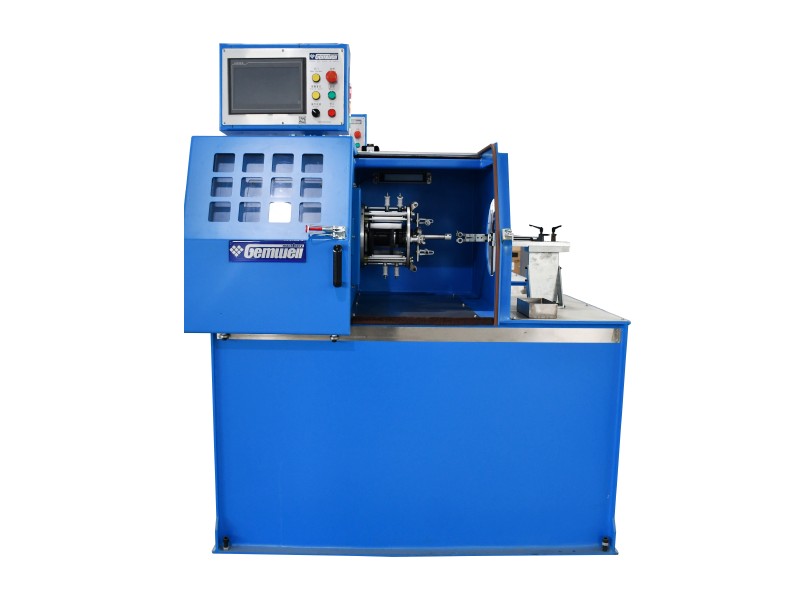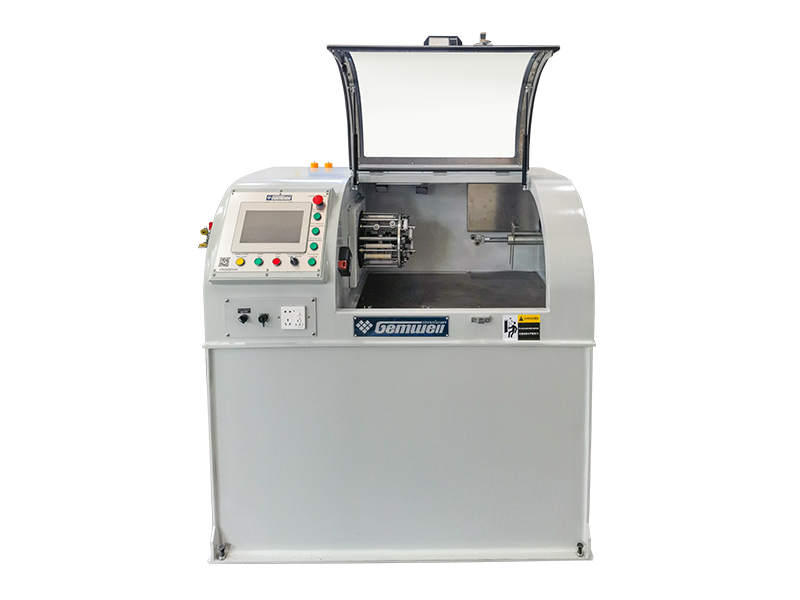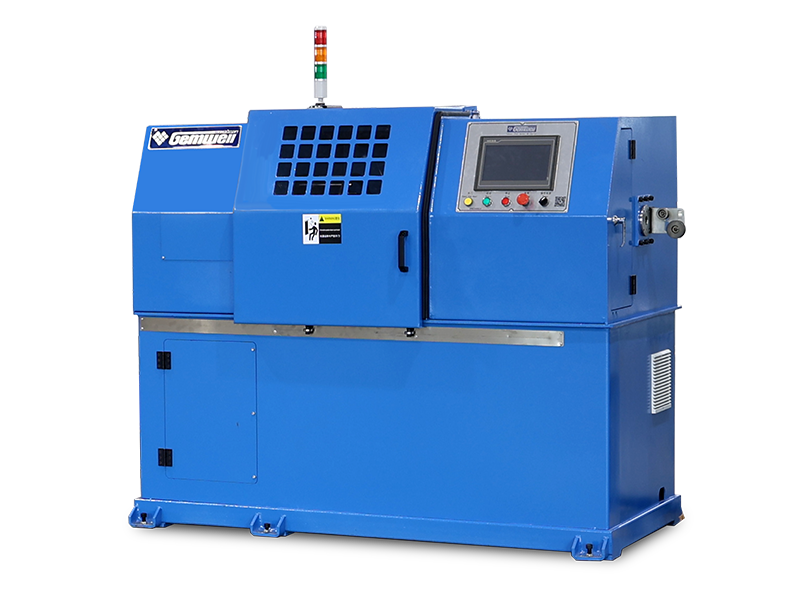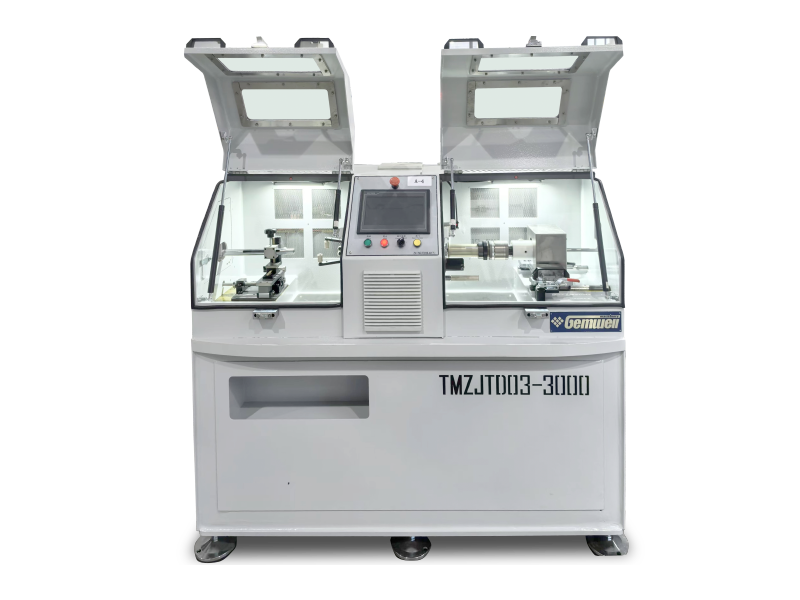A high-speed twisting machine rapidly combines multiple wires or strands into a unified, flexible conductor. Here's how it functions in industrial settings:
Content
●Core Mechanism
Rotary Twisting — Wires feed through high-velocity rotating bobbins or flyers, twisting them into a helix. — Direction (S-twist/Z-twist) and pitch are precisely controlled.
●Critical Engineering Features
Torsional Stability — Reinforced frames and dampening systems absorb vibrations at 2,000+ RPM.
Precision Payoffs — Individual wire spools unwind with friction control wire spools unwind with friction control to prevent snagging or tension spikes.
Balanced Flyers — Weight-distributed arms rotate smoothly at high speeds, minimizing wobble.
●Speed-Enabling Innovations
Magnetic Braking — Halts rotation instantly without mechanical wear.
Direct-Drive Motors — Eliminate gear slippage; deliver consistent torque at variable speeds.
Air-Bearing Systems — Reduce rotational friction for cooler, quieter operation.
●Handling Delicate Materials
Non-Marring Guides — Ceramic or polished steel contact points prevent conductor surface damage.
Low-Tension Zones — Sensors maintain gentle wire feed for fragile strands (e.g., fine copper, alloy wires).
●Quality Control Integration
Laser Micrometers — Monitor twist consistency and diameter in real-time.
Automatic Cutoff — Triggers if wire breakage or irregular twist is detected.
●Output Configurations
Bunched Strands — Tightly twisted groups for flexible power cables.
Twisted Pairs — Insulated pairs (e.g., data cables) with controlled impedance.
Layering — Combines multiple twisted groups into complex cores.
●Operational Challenges Solved
ational Challenges Solved
Heat Dissipation — Liquid-cooled spindles prevent wire annealing during prolonged runs.
Wire Memory Reduction — Post-twist annealing ovens relax internal stresses.
Tangle Prevention — Anti-ballooning systems manage wire spread during high-RPM rotation.
●Key Applications
Automotive harnesses requiring compact flexibility
Ethernet/data cables with precise pair alignment
Aerospace wiring resistant to vibration fatigue
High-frequency coaxial cable cores

 E-mail: info@gem-cablesolution.com
E-mail: info@gem-cablesolution.com Address: No.8 Yuefeng Rd, High Tech Zone, Dongtai, Jiangsu, China | No.109 Qilin East Rd, Daning, Humen, Dongguan, Guangdong, China.
Address: No.8 Yuefeng Rd, High Tech Zone, Dongtai, Jiangsu, China | No.109 Qilin East Rd, Daning, Humen, Dongguan, Guangdong, China. English
English  English
English русский
русский 日本語
日本語 Español
Español عربى
عربى 中文简体
中文简体


 Related Products
Related Products










